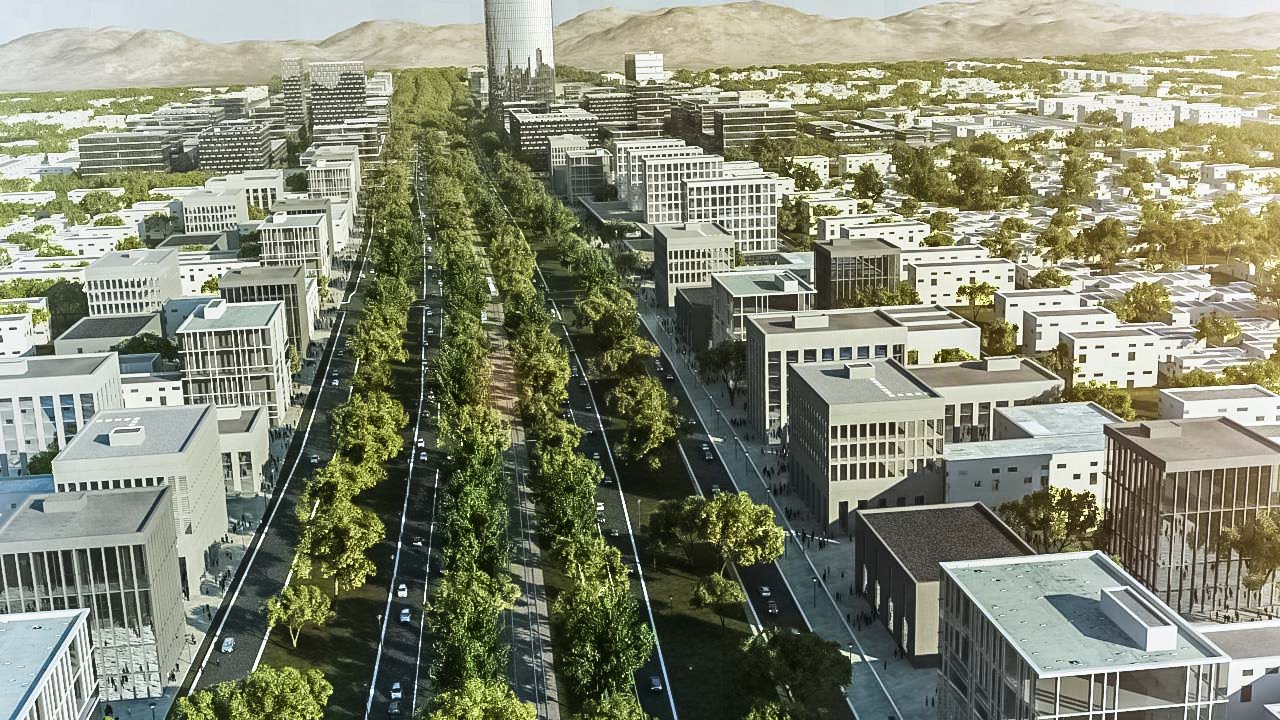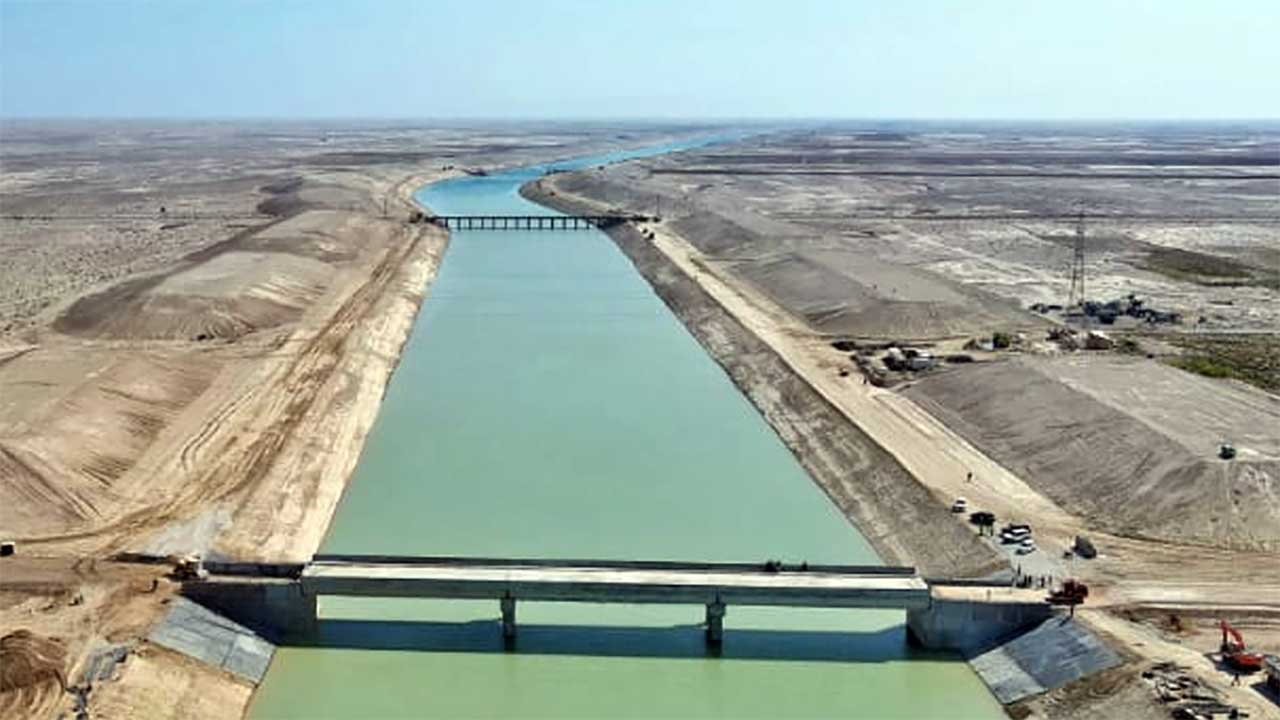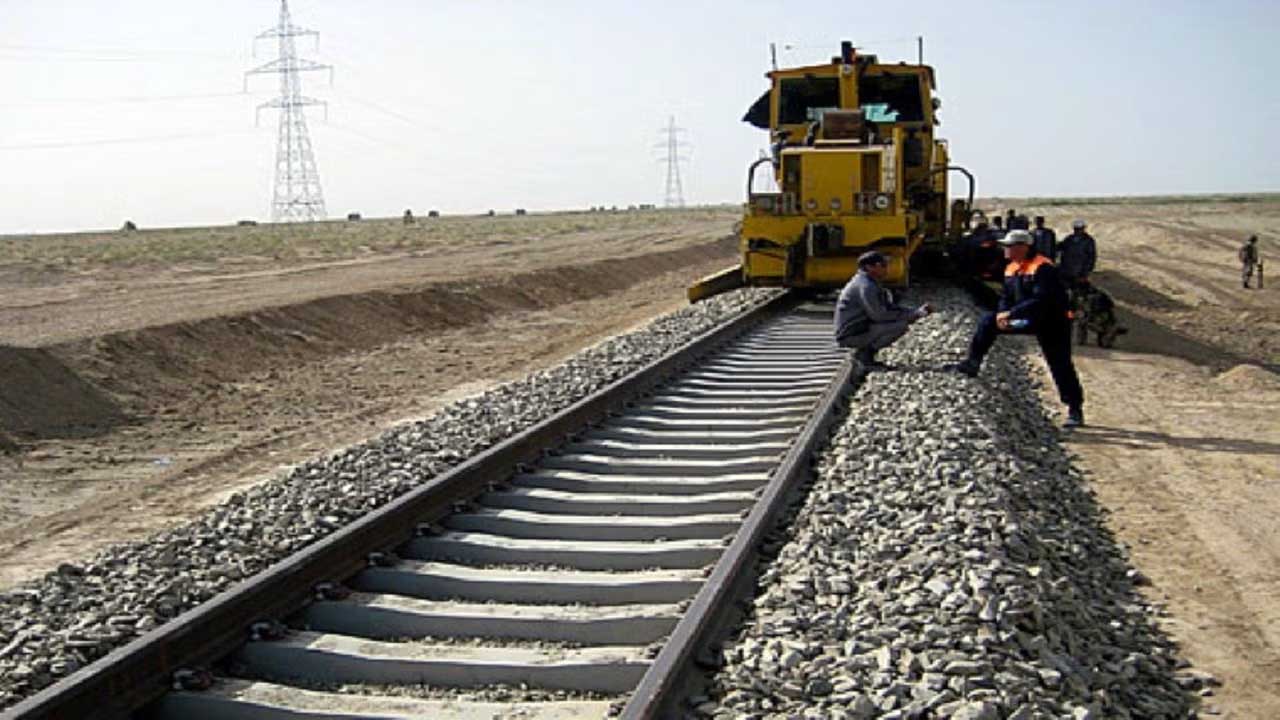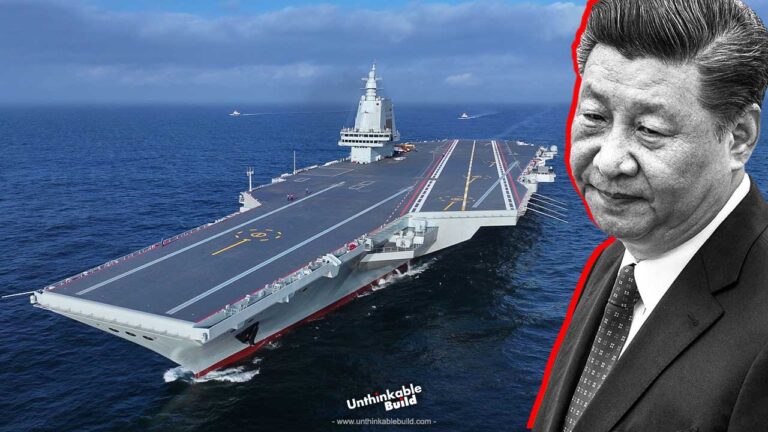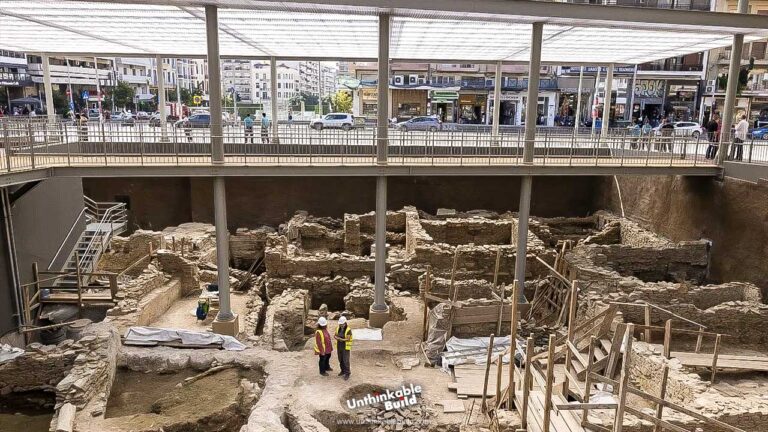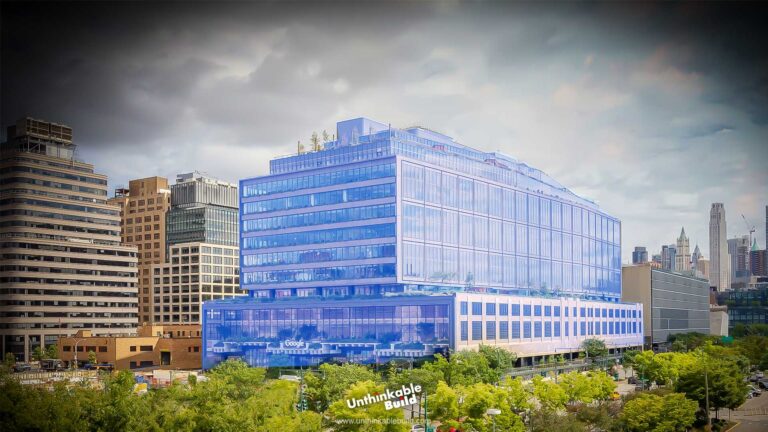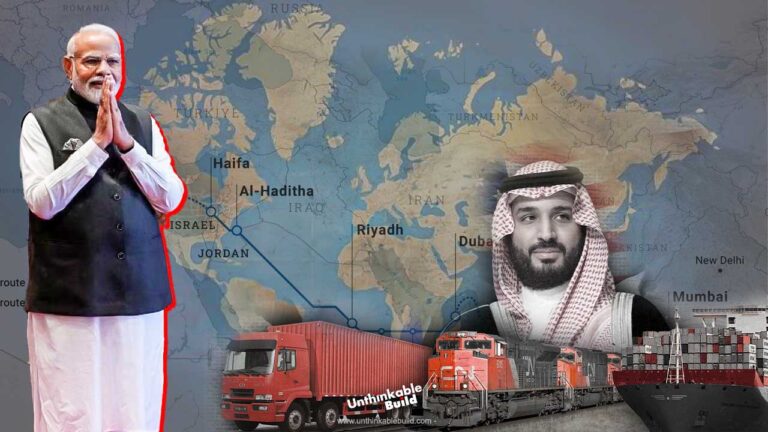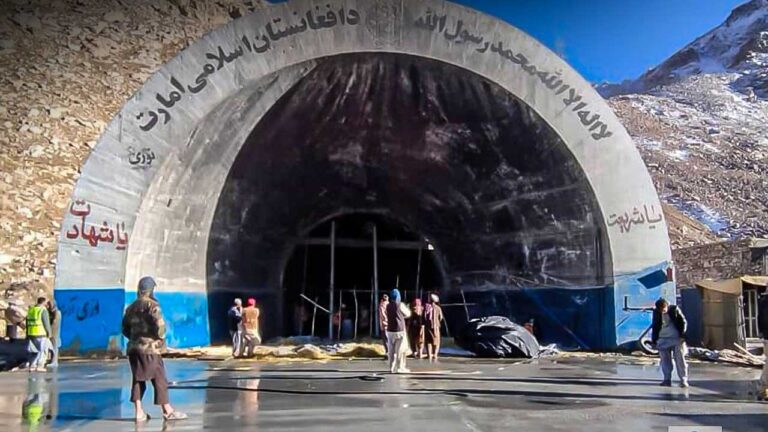Afghanistan’s Biggest and Most Expensive Mega Projects
Afghanistan has endured more than sixty years of conflict, sanctions, and shattered systems. For decades, poverty defined daily life for millions. Roads were broken, clean water was scarce, and power lines barely reached beyond city centers. The internet remained a luxury. Most families survived without basic services, trapped in a cycle they didn’t create. But now, something has changed.
I walked through Kabul last year and saw cranes, construction crews, and blueprints in motion—proof that the country is finally moving forward.
Also Read: Reconstruction of the World’s Most Dangerous Salang Tunnel
Kabul New City: Rebuilding the Heart of the Nation
Kabul collapsed under the weight of war and overcrowding. Millions fled violence and poured into the capital, overwhelming its fragile infrastructure. The original Kabul New City plan launched in 2008 with high hopes and a $15 billion vision, yet for years, nothing materialized.
But in 2023, momentum returned. The Afghan government finalized a development blueprint and began allocating land to thousands of families. Basic infrastructure—roads, water lines, sewage systems, electricity—now stretches across new districts. A landmark deal with Kawar Construction Company marked a major leap forward, with housing planned for over 3 million residents.
This new city spans 40,000 hectares in Kabul’s north, reaching areas like Dehsabz, Shakar Dara, Estilith, and Colicon. With over 1.2 million jobs forecasted, the project brings hope, income, and dignity back to the people. French firm Architecture Studio designed the layout to preserve nature, secure clean water, and build a city rooted in sustainable growth.
Private investors are now welcome. An independent development board oversees the project, operating outside direct government control—opening the door for transparent international partnerships.
Qosh Tepa Canal: Asia’s Largest Man-Made River
In northern Afghanistan, a new river is taking shape. The Qosh Tepa Canal cuts through barren land, designed to reverse food shortages and restore agriculture. Measuring 285 kilometers long, 152 meters wide, and 8.5 meters deep, this canal is more than a waterway—it’s a lifeline.
Roughly half the work is done. The rest continues at a steady pace. Once completed, the canal will irrigate 55,000 hectares of farmland and help farmers grow wheat and fresh produce. Afghanistan plans to shift from importing grain to exporting it by 2028. Over a million people are expected to benefit through jobs, food, and renewed economic activity.
This project isn’t just about water. It’s about restoring dignity to farmers who lost their land—and their hope.
CPEC Extension: Connecting Afghanistan to Global Markets
In May 2023, China announced a major shift. Afghanistan will now be part of the China-Pakistan Economic Corridor (CPEC)—a critical artery in China’s global trade plan. This expansion means access to highways, ports, railways, and air networks connecting China to Europe, Africa, and beyond.
Afghanistan’s 92-kilometer Wakan Corridor now holds strategic value. Through this entry point, the country taps into direct investment, infrastructure, and new trade routes. China’s involvement means real money, real jobs, and real connections. Afghanistan can finally position itself as a trade bridge between East and West.
And it couldn’t come at a better time. Afghanistan’s mineral reserves—copper, lithium, gold, and more—have long gone untapped. This corridor could finally turn buried resources into national revenue.
Khaf-Herat Railway: A New Lifeline for Trade
Afghanistan sits at the center of Central and South Asia, and its geography is a gift. The Khaf-Herat Railway will connect five nations—Iran, Afghanistan, Tajikistan, Kyrgyzstan, and China—through a 2,000-kilometer corridor.
In May 2023, a major trial run proved the project was real. Seventeen wagons carried 655 tons of railway equipment from Iran into Afghanistan. The line spans 140 kilometers inside Afghan borders and 85 kilometers inside Iran.
This corridor opens up trade, replaces unreliable truck routes, and allows Afghan businesses to export goods efficiently. It also means faster imports of fuel, machinery, and food. For many, this railway is the first real link to global commerce.
The Bigger Picture: More Than Just Construction
These are not isolated efforts. Projects like CASA-1000 will bring electricity from Central Asia to Afghanistan and Pakistan. The TAPI pipeline promises gas to fuel homes and industries. New hydropower dams are underway. And then there’s mining—Afghanistan holds rare earth elements and critical metals the world needs.
Also Read: China-Nepal Railway – World’s Highest Railway Tunnels in the Himalayas
Every project lays a foundation. Every job created keeps another family afloat. Reliable energy, roads, and water systems transform lives. For the first time in generations, the conversation in Afghanistan is not about survival—it’s about building something that lasts.
What This Means for the People
These projects are bold. They won’t fix everything overnight. But they represent more than steel and concrete. They show intention. They show the people that progress is possible. I’ve spoken to engineers, farmers, and displaced families—all of them say the same thing: they’re ready for change.
When a nation invests in its people and invites the world to join in that effort, something powerful happens. Afghanistan is no longer a forgotten frontier. It’s becoming a link between worlds.

